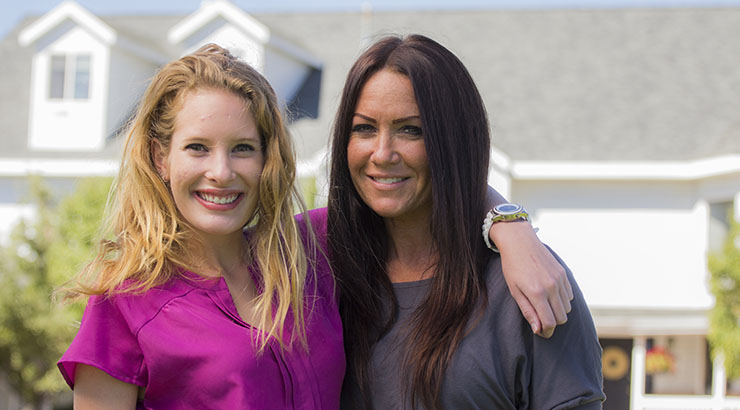Love and Boundaries

Have you ever asked your child to do something only to have him/her ignore your request, no matter how many times you repeat it? Or perhaps your child has done the opposite of your request, or defiantly refused, or ignores your request altogether. Parenting can be particularly challenging and frustrating when this occurs. Setting clear limits and boundaries will go a long way in helping your child feel loved, as well as physically and emotionally safe. In addition, establishing clear boundaries can help your child change inappropriate behaviors and work toward healing.
How Boundaries Help
Understand that all kids test limits. It’s part of a child’s development and self-exploration. When parents fail to set clear boundaries or children test limits in inappropriate ways, problems can arise. In addition, setting boundaries is difficult and is something you need to feel your way through. Some parents are overly rigid with limit-setting, which often leads to disrespect, defiance, fear, power struggles, lack of motivation, and burnout. Other parents are too permissive, which leads to disrespect, manipulation, chaos, and the children having too much control and power. Finding the right balance between being firm and loving can be tricky but when it is reached, parents will feel respected and in charge, and kids will feel loved.
How Do I Set Clear Boundaries?
In order to set clear boundaries, you need to know what your boundaries are. Figure out where things become unhealthy or unsafe, and set limits that prevent things from getting to that point. Establishing boundaries requires clearly communicating expectations and rules, supervising, saying no, being consistent, following through with consequences, planning ahead, calling out inappropriate behaviors, and having interventions when necessary. As you set limits, remember to nurture the relationship with your child by showing affection, listening, having fun and laughing together, getting to know him/her, and spending time together.
As you set limits with your child, he/she will begin to understand that his/her actions, positive or negative, result in predictable consequences. When your child understands choices and consequences, he/she will be able to make good decisions.
Tips for Setting Limits and Boundaries at Home:
- Explain which inappropriate behavior you are addressing. Saying “Stop that!” may not be enough. Your child may not know what “that” is. Be specific. “Jane, please do not yell and scream while I talk to you.”
- Explain why the behavior is inappropriate. Again, don’t assume your child knows why his/her behavior is unacceptable. Is she disturbing others? Is he being disrespectful? Address the behavior clearly, and teach what is and is not acceptable.
- Give reasonable choices with consequences. Rather than issuing an ultimatum (“do this, or else”), tell your child what his/her choices are and what the consequences of those choices will be. Ultimatums often lead to power struggles because no one wants to be forced to do something. By providing choices with consequences, you are admitting that you cannot force your child’s decision. You can, however, determine what the consequences of his/her choices will be.
- Allow time. Generally, it’s best to allow your child a few minutes to make his/her decision. Remember that if he/she is upset, he/she may not be thinking clearly. It may take him/her a little longer to think through what you’ve said.
- Be prepared to enforce your consequences. Limit setting is meaningless if you don’t consistently enforce the consequences you’ve set. For that reason, it’s important to set consequences that are reasonable, enforceable, within your authority, and within the rules and routine of your family. Limits are powerful tools for teaching appropriate behavior. Their purpose is not to show who’s boss, but to give your child guidance, respect, and a feeling of love and security.